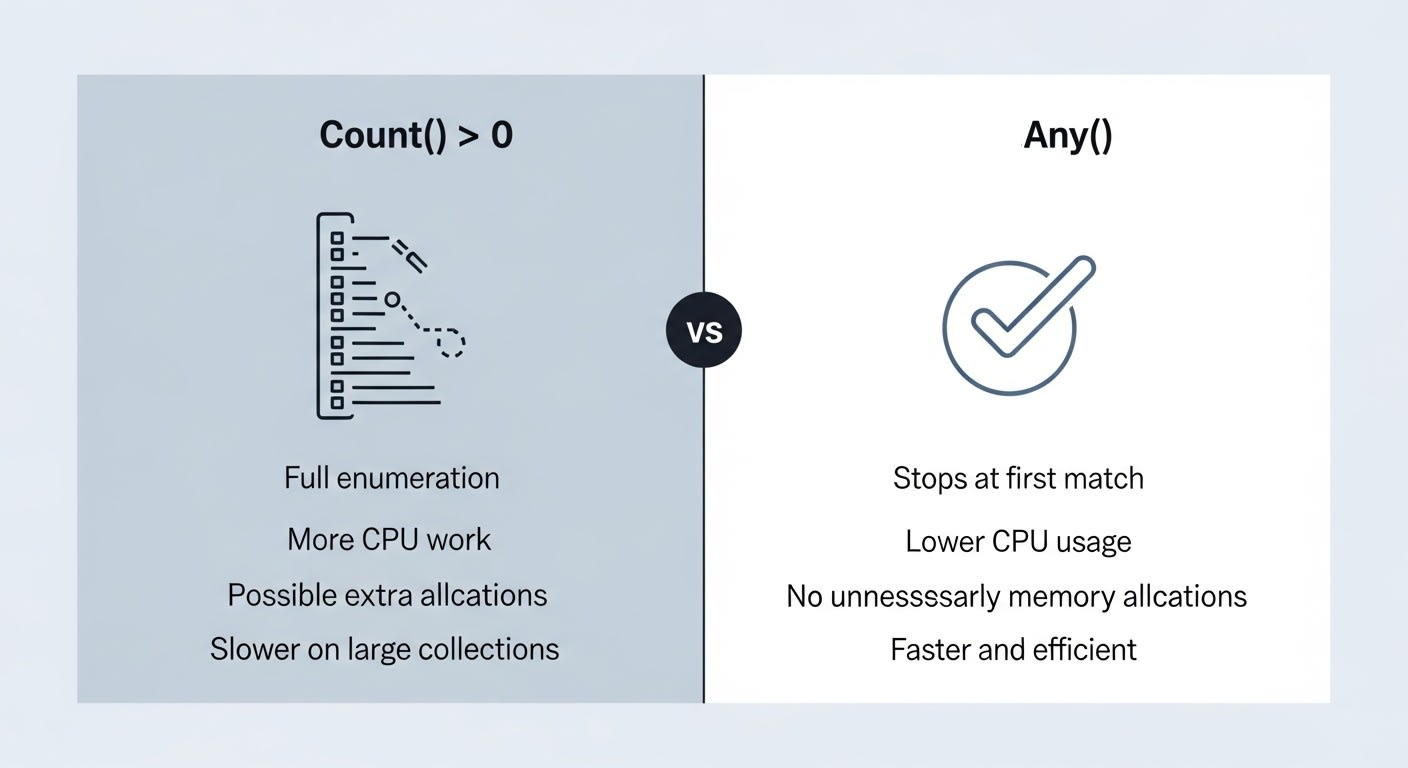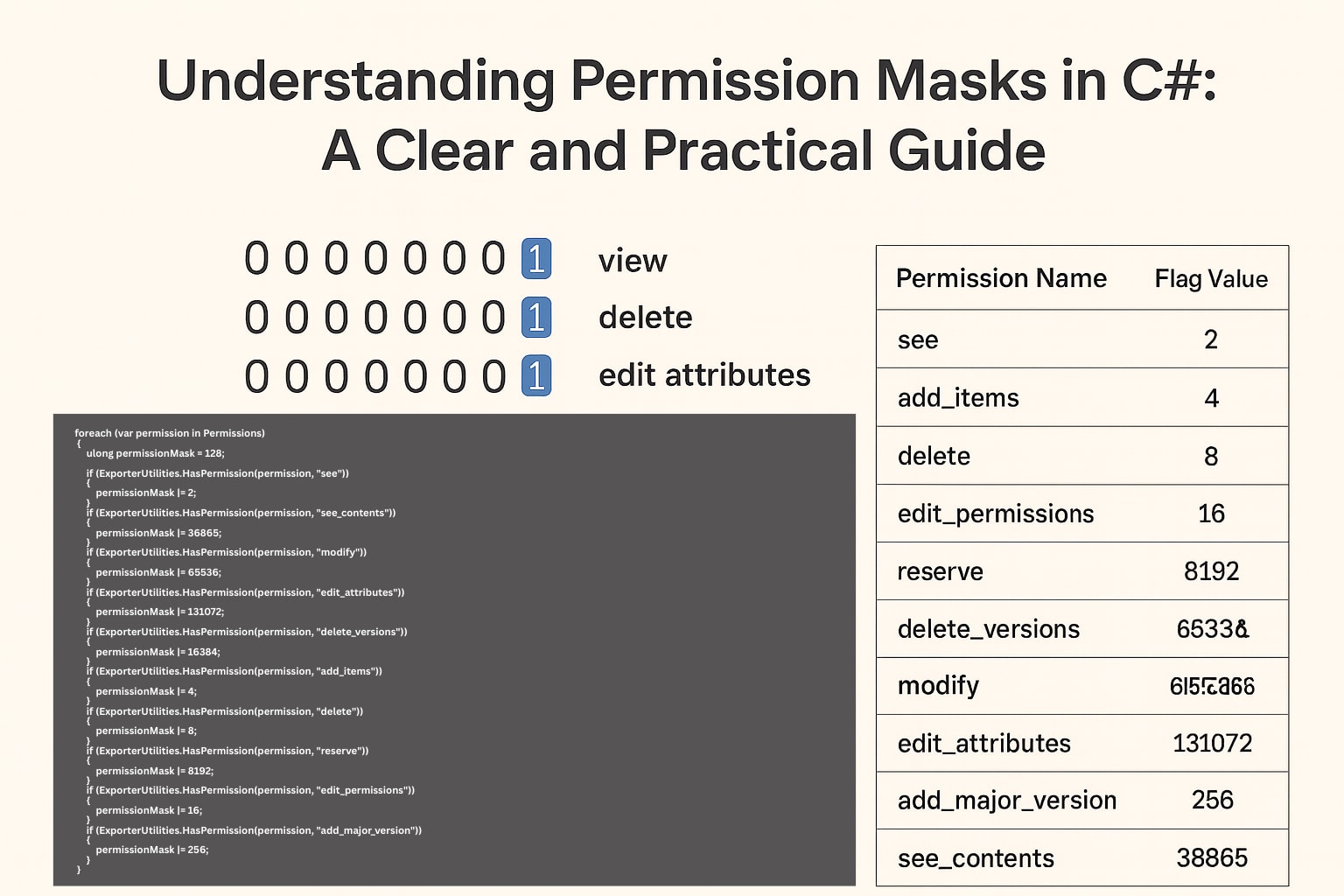Understanding the Internet of Things: How Our World is Getting Smarter

The Internet of Things (IoT) is no longer just a futuristic idea—it’s something we are already using in our homes, workplaces, and cities. As we connect more devices to the internet, we create a network of smart systems that communicate, collect data, and help us make better decisions. Let’s take a closer look at how IoT works, where we see it in action, and why it matters in our daily lives.
🌐 What is IoT?
The Internet of Things simply means everyday objects that are connected to the internet and can exchange data. These can be things like smart bulbs, watches, appliances, cars, or even entire buildings. By connecting them, we give these objects the ability to gather information, share it with other devices or systems, and even take actions based on that data.
For example, a smart thermostat can learn when we are home or away and adjust the temperature to save energy. A smartwatch can track our steps and send that data to our fitness app. It’s all about devices communicating and working together without needing constant human input.
🏠 How IoT Helps Us at Home
In our homes, IoT makes life more convenient and efficient. We can control lights, fans, and appliances using our phones or voice commands. Smart security cameras let us monitor our homes even when we are away. Doorbells with built-in cameras show us who is at the door, and smart locks allow us to unlock doors remotely.
All of these devices also work together. For instance, when we leave home, our thermostat can turn off the heating, the lights can go off, and the security system can switch on—all automatically. This not only makes life easier but also saves energy and enhances safety.
🏢 IoT in the Workplace
IoT is transforming the way we work too. In offices and factories, sensors monitor machines, track inventory, and measure environmental conditions. This helps reduce downtime, prevent errors, and improve safety.
In logistics and shipping, we use IoT to track the location and condition of goods in real time. In healthcare, smart medical devices monitor patients’ health and alert doctors if something unusual happens. This means we can respond quickly and provide better care.
Even in agriculture, IoT plays a role. Smart irrigation systems water crops only when needed, based on soil moisture and weather data. This saves water and improves crop yield.
🏙️ Smart Cities with IoT
As more people move into cities, we need smarter ways to manage resources and infrastructure. IoT helps make our cities more efficient and livable.
We see it in smart traffic systems that reduce congestion by adjusting signal timings. Waste management becomes smarter when bins send alerts when they’re full. Streetlights can turn on only when they detect motion, reducing energy use. Even air quality sensors help us monitor pollution levels and plan healthier urban spaces.
These systems share data in real time, which helps city officials make better decisions and improve public services.
📊 The Power of Data
At the heart of IoT is data. Each connected device collects useful information—from temperature and location to health metrics and energy use. When we analyze this data, we uncover patterns and insights that help us act smarter.
For example, businesses can use data from IoT devices to understand how products are used, improve service, and predict when maintenance is needed. Cities can track water use or traffic flow to optimize public services.
However, with more data comes more responsibility. We must protect user privacy and ensure that devices are secure from hackers. Building trust is key to the continued success of IoT.
⚠️ Challenges and the Road Ahead
While IoT brings many benefits, it also comes with challenges. Devices must be compatible with each other, networks need to be reliable, and data must be kept secure. There are also concerns about how personal data is used and who has access to it.
As we move forward, we need clear rules, better technology standards, and more focus on cybersecurity. We must also make sure everyone can benefit from IoT, not just those with access to the latest technology.
✅ Conclusion
The Internet of Things is quietly changing our world. It helps us live smarter, saves time and energy, and opens up new possibilities in every part of our lives. Whether it’s a connected car, a smart fridge, or a whole city running on data, IoT is creating a future where everything works together for our benefit.
As we continue to explore this connected world, let’s make sure we use it wisely, responsibly, and creatively—so we can all enjoy the benefits of a smarter tomorrow.




Leave a comment